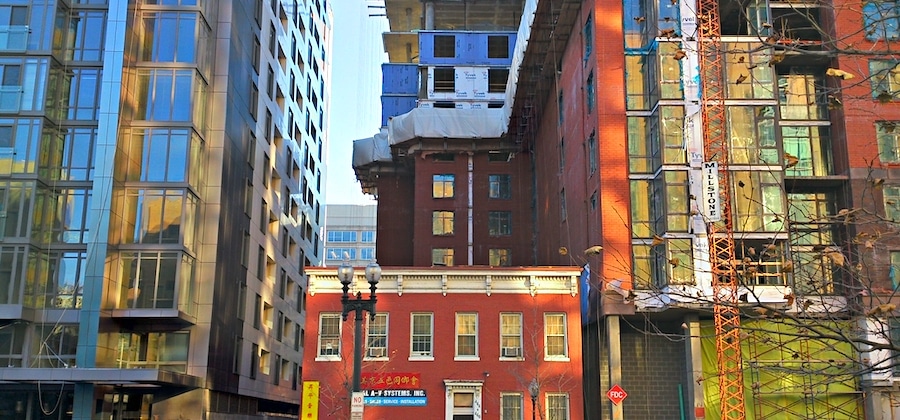
There’s a history to small-scale development. It’s what we did for centuries until industrial modernism brought large-scale development to our cities.
Large-scale development
The scale and cost of large developments falls into the realm of large-scale developers, and not always good ones. They have been the protagonists in the rapid transformation of our urban environment. Large-scale developments have often had disastrous impacts on local communities and small businesses and have led to the decline of diversity and vitality in many neighborhoods.
Some solutions
There have been many studies into how to tackle the problems that large-scale developments have caused. One important step is to involve the locals. Engaging the community plays a fundamental role in identifying negative impacts and understanding how a development will impact its surroundings.
Most important is the relationship between social activities and the urban space. Solutions might include a mix of old and new buildings to keep some of a neighborhood’s character, small blocks where neighbors might get to know each other, a mix of residential and small business to bring people out into the streets and public space to create a local focus and help promote vitality.
Back to small-scale
Large-scale developers have many resources to tackle zoning codes, financial institutions and all the other complications of development. But small-scale development, buildings with less than 20 units, has become a lost art. How do you build a small building in the place you love? Jim Kumon co-founded the Incremental Development Alliance with the goal of “resurrecting the small developer.” The Alliance provides training and technical assistance to anyone interested in tackling those small-scale projects that make your neighborhood great.
To learn more listen to my full interview with Jim Kumon
Image by Peyton Chung / CC BY-2.0
